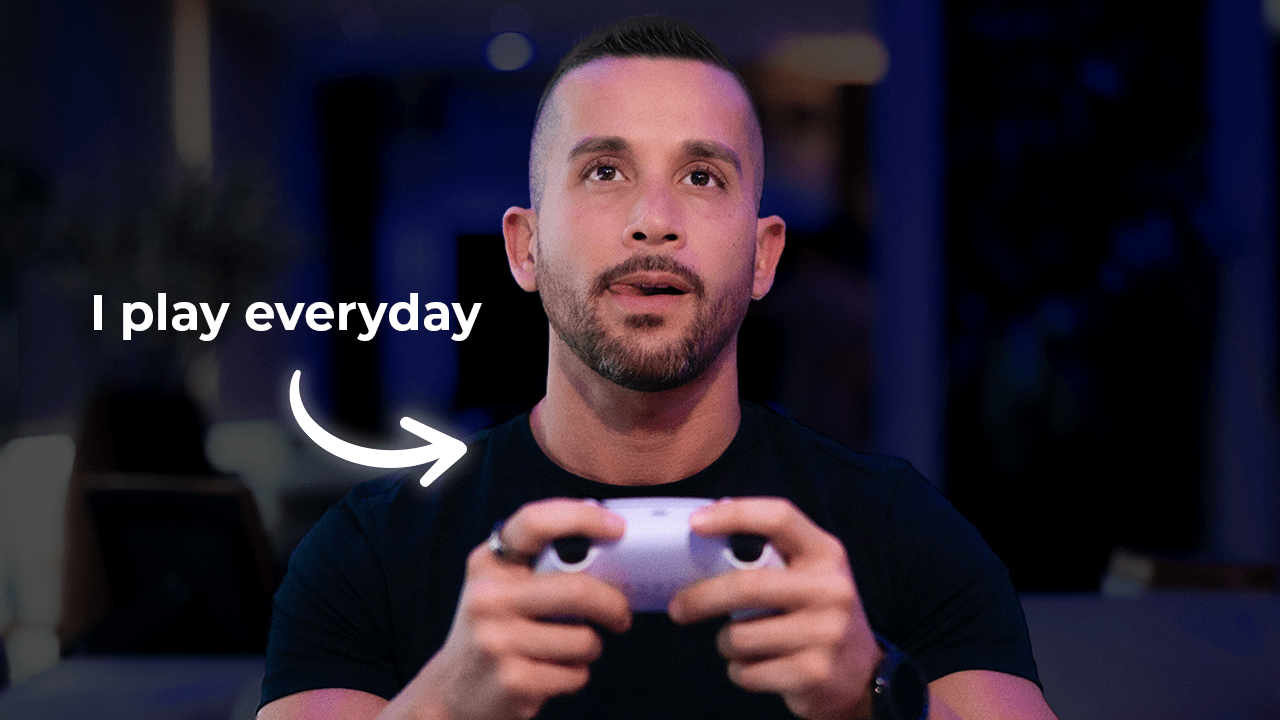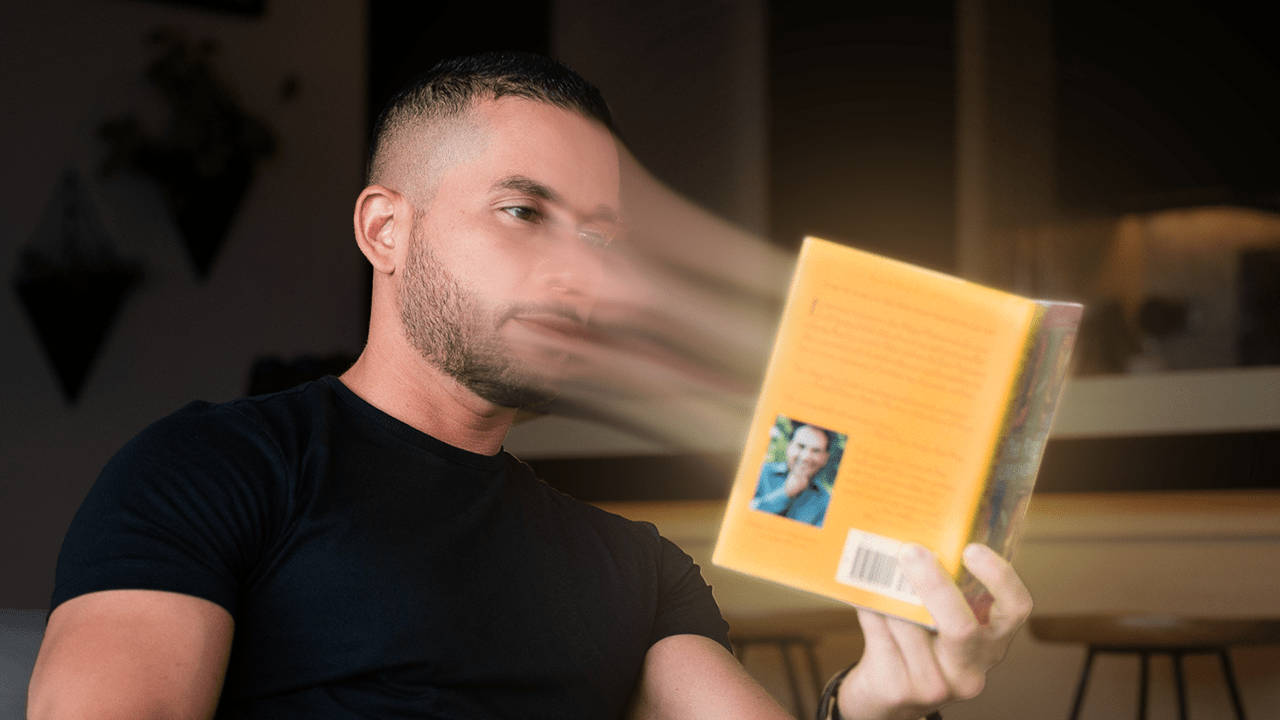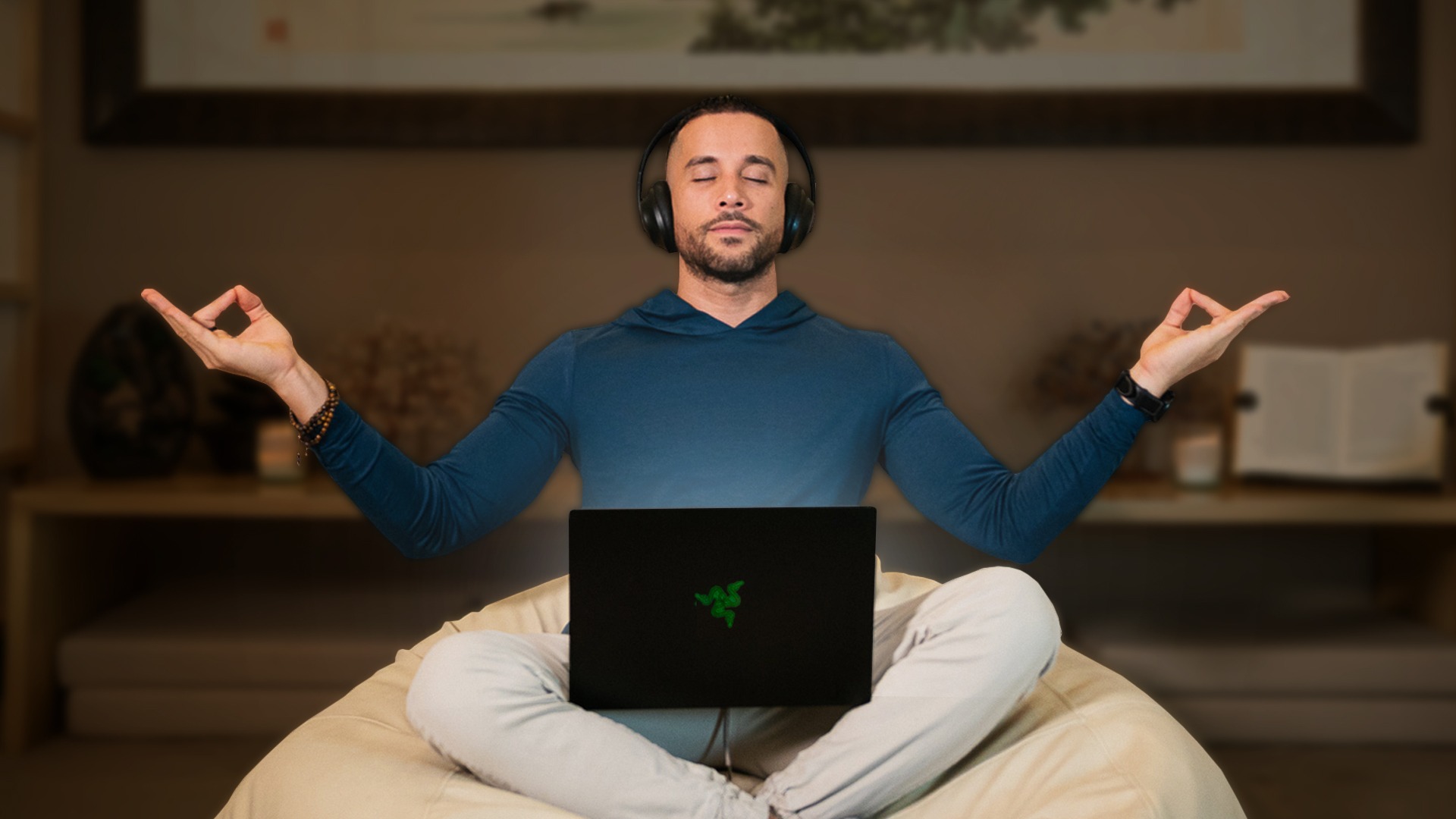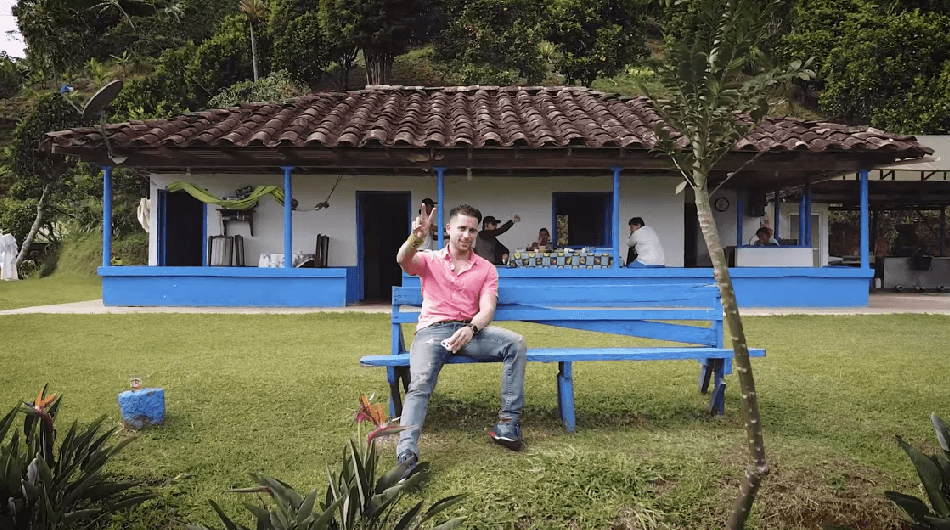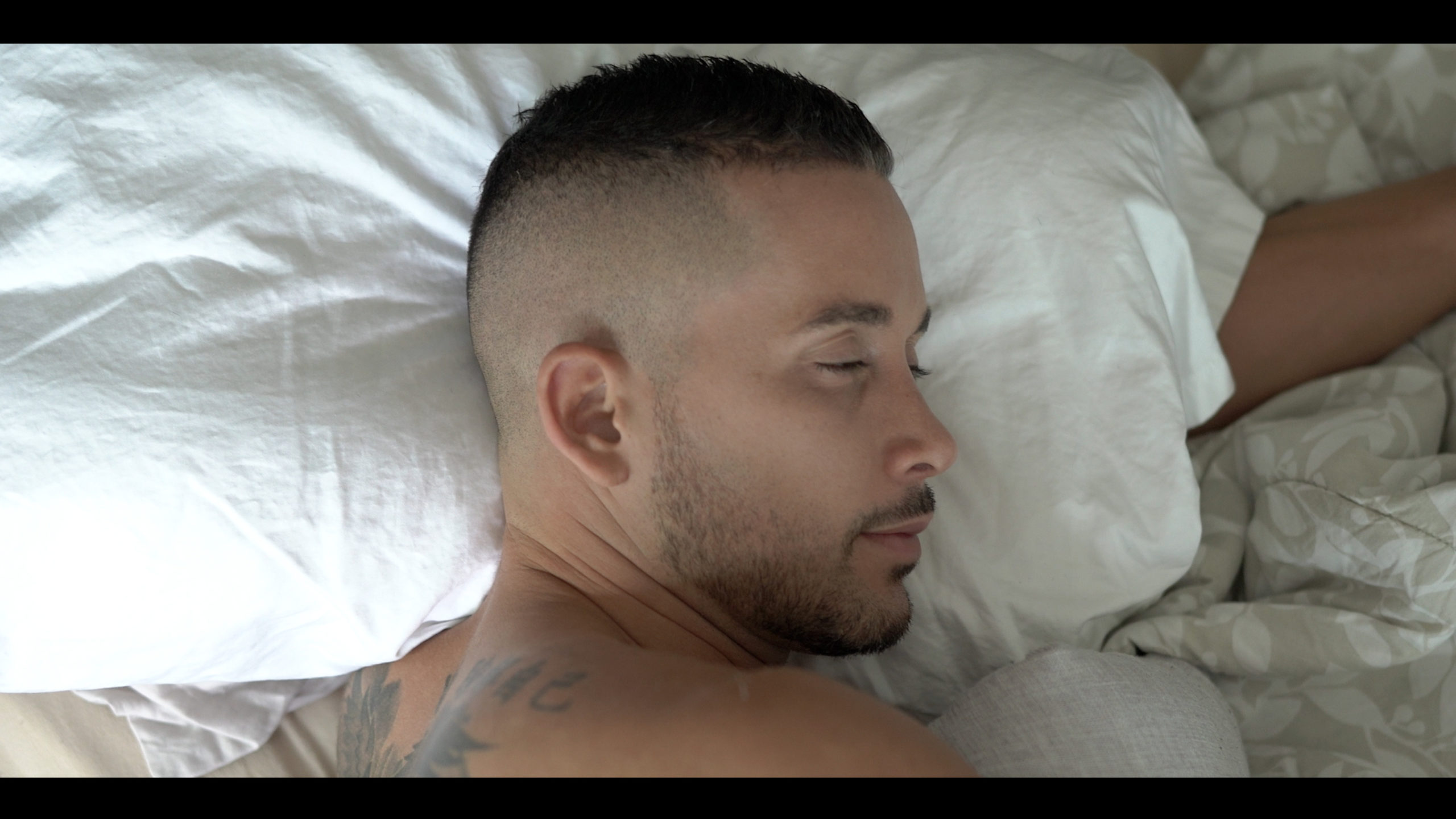How to be a Master: The Philosophy of Bruce Lee
- Written by NelsonQuest
- September 28, 2022
Table of Contents
Bruce Lee passed away on July 20th, 1973 – nearly 50 years ago.
Yet his instagram page has over 7 million followers, “The Warrior” – based on an original concept by Lee, is now a hit show on television, And t-shirts and sneakers bearing his likeness are still flying off of shelves.
Even all these years later, Bruce Lee is still a cultural icon.
And while his movies and overall aesthetic were astonishing – the real reason that his legacy continues to inspire millions of people around the world is because of the philosophy that he came to represent.
It was this philosophy that initially drew my attention and made me curious to learn more about him.
More specifically, it was a clip I saw where explained how to ‘be like water’.
"Be Water, My Friend. Empty your mind. Be formless, shapeless, like water. You put water into a cup, it becomes the cup. You put water into a bottle, it becomes the bottle. You put it into a teapot, it becomes the teapot. Now water can flow or it can crash. Be water, my friend." Bruce Lee

This was my gateway into the philosophy of Bruce Lee.
It was in investigating his philosophy where I was introduced to Taoism – which I have spent much of the last 8 years studying and applying within my own experience and producing incredible results.
I was introduced to the idea that hidden within paradoxical nature of Eastern philosophy, was a deeper knowledge that held the key to so much of what ails of us here in the West, the key to so much of what was limiting MY own ability to achieve what Bruce Lee considered to be the highest form of human achievement: self-expression.
In this video, we’re going to deep dive into Bruce Lee’s philosophy of Jeet Kune Do and how it lays what I believe is the BEST foundation for the true cultivation of any skill.

The Style of No-Style
Most people understand Jeet Kune Do as being solely a ‘style’ of martial arts.. And that could not be further from the truth.
Jeet Kune Do was at its core a philosophy of learning, which Lee taught through martial arts.
The core tenet of Jeet Kune Do is ‘instant, frictionless reaction’. To put it another way “the expression of one’s feelings with the minimum movements of movements and energy”… wu-wei.
It was a ‘style’ of martial art, only in the sense that it was ‘the style of no style’
“Because of styles, people are separated. Research your own experience, absorb what is useful, reject what is useless, add what is essentially your own”
“The man who is really serious, with the urge to find out what truth is, has no style at all. He lives only in what is.”
He dislike styles when referring to personal processes like self-development,, because he believed that to adhere to any individual ‘style’ was to essentially put ourselves into the ‘box’ of that style – which is restrictive.
Instead Lee saw styles ‘collectively’ – similar to Taoist world-views – and so instead of focusing on any individual style, he focused on the foundations which connected the best elements of different styles.
“Man is always in a learning process. Whereas ‘style’ is a concluding, established, solidified something, you know? I mean you cannot do that, because you learn every day as you grow on, grow older. Each person must not be limited to one approach. We must approach it with our own self”


Lee believed that it was important to not take positions.. In his words “be not for or against”. That we should instead allow our circumstances to dictate our actions.
I see this sort of limiting style approach manifest within so many of the different themes that encompass self-development.
I’ve had people criticize me for laying down while meditating… for walking on a treadmill while I work… for doing Pomodoros of 50 minutes instead of 25.
I see this in particular when it comes to which style of ‘diet’ or exercise is superior – as if the best diet and best style of exercise isn’t the one that produces the best results for the individual…
As if we shouldn’t experiment with all styles, and “Absorb what is useful, reject what is useless, add what is essentially our own.”
In the past, I had the bad habit of ‘marrying’ myself to individual styles and believing that my way of doing things was superior to other ways… even if that way was no longer actually working for me.
When I started to apply Lee’s ‘style of no style’ philosophy within everything I do – my work, my physical activities, my artistic activities, I’ve now been able to evolve year after year.
The 3 Stages of Cultivation
Within Jeet Kune Do was also Bruce Lee’s unique philosophy towards the actual learning process, which he referred to as the Three Stages of Cultivation.
First, is the “Stage of Innocence” – or what Lee referred to as “Partiality.”
In this stage, we are completely ignorant to the particular skill we’re trying to learn.
Because of this, if we try to perform the skill, having no knowledge but our own instincts – we’ll act in a way that is natural and reflective… but because we have no knowledge of the skill, our actions will often be incorrect.

Second, is the “Stage of Sophistication” – or what Lee referred to as “Fluidity”.
In this stage we begin learning the skill that we’re seeking to master. We’re taught different ways to perform the skill and we do so in an ‘imitative way’ – meaning that we essentially try to imitate the teacher, whether that be an actual person, a book, or even a video – until we feel like we’re ‘doing it right’.
Because we imitate, we lose the natural, reflective qualities of our actions – often becoming almost robotic.
We constantly second-guess ourselves, and because of that we often freeze.
Third, is the “Spontaneous Stage” – or what Lee referred to as “Emptiness”.
This stage occurs after years of disciplined practice – where, instead of having to consciously force our actions, they happen spontaneously.
Instead of trying to ‘impose’ our mind, we simply react without friction, to whatever the unique circumstance is that we are faced with.
As Lee described, “there is nothing to try [to] do but try to be purposeless, and formless, like water. All of his classical techniques and standard styles are minimized, if not wiped out, and nothingness prevails. He is no longer confined.”

The first time I read about Lee’s 3 stages of cultivation, I was still confused – until one night at a salsa club here where I live in Colombia.
When we first set out to learn how to dance – we don’t know anything – or worse – we know that we’re not good at dancing.
Someone who dances but has no skill at dancing – will still move naturally… instinctively… this is most easily observed in little kids who haven’t yet reached the stage where society has taught them to feel shame over their own unique self-expression – that’s a topic for another video.
Get the Dark Mode guide
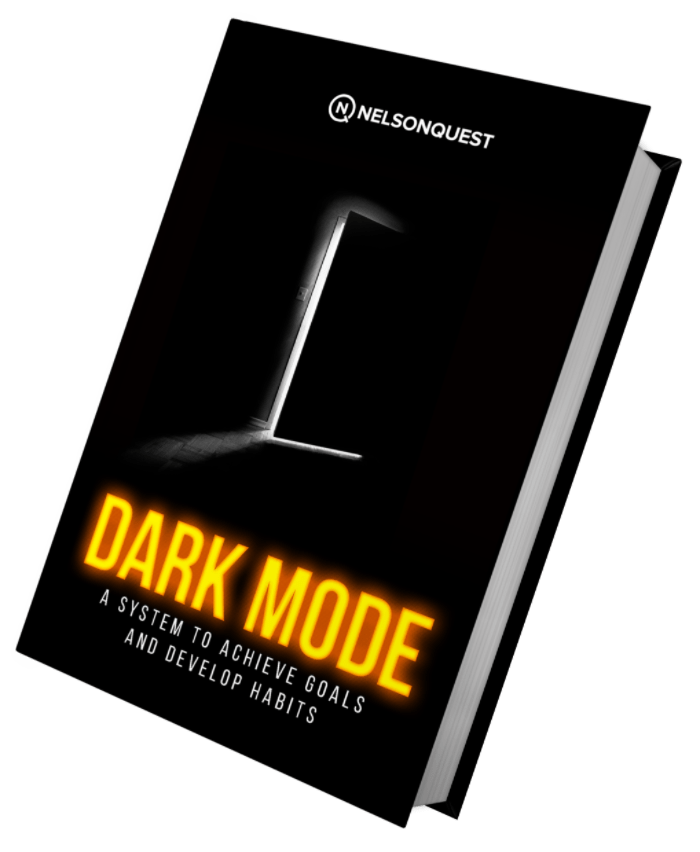
The Dark Mode Guide
is a simple system designed to help you achieve a specific goal by facilitating the development of relevant habits and creating the perfect environment to make failure impossible.
This guide is about actually walking the path. It creates a perfect environment devoid of excuses and forces you to face who you are and what you need to do in a way that’s sustainable.
Anyway at the first stage, we move instinctively and naturally, but are ignorant as to how to actually dance.
In the second stage, we begin to learn how to dance. We imitate our teachers and because of that our movements are initially very jerky and uncoordinated as we constantly second-guess ourselves and seek to do the thing that makes our teacher happy.
As we get better, we are still mechanical… robotic, because we’re getting better at ‘imitating’ what we believe to be the ‘correct’ way to do something.

Then.. what I realized all those years ago as I sat, buzzed after a few mojitos, trying to figure out the essence of what made these dancers so good.
Was that in the final stage – these dancers weren’t ‘planning’ out their moves.
Instead, in this ‘highest’ stage of learning… these dancers were simply… forgetting.
Interpreting the music within their own unique styles – no thinking at all – simply ‘existing’ within the unique circumstance of each individual second.
That was the moment where I decided to learn salsa – and here I am 6 years later and I’m still very much in stage 2 – still practicing, ‘imitating’ thousands of repetitions.
But slowly… I am creating my own style.
What I’m describing here is the process of mastery – what Bruce Lee considered to be ‘limitless self-expression’.
And if you’re aspiring to mastery within individual dimensions of your own life, whether it be physical, mental, expressive, or occupational.
Hopefully the philosophy of Jeet Kune Do can help you as it has helped me.


“Before one studies Zen, mountains are mountains and waters are waters; after a first glimpse into the truth of Zen, mountains are no longer mountains and waters are no longer waters; after enlightenment, mountains are once again mountains and water once again waters.” ― Dōgen
Stay
Updated!
Subscribe to e-mails
Join 100k+ others and receive weekly tools, tips, and secret resources directly from Nelson.


